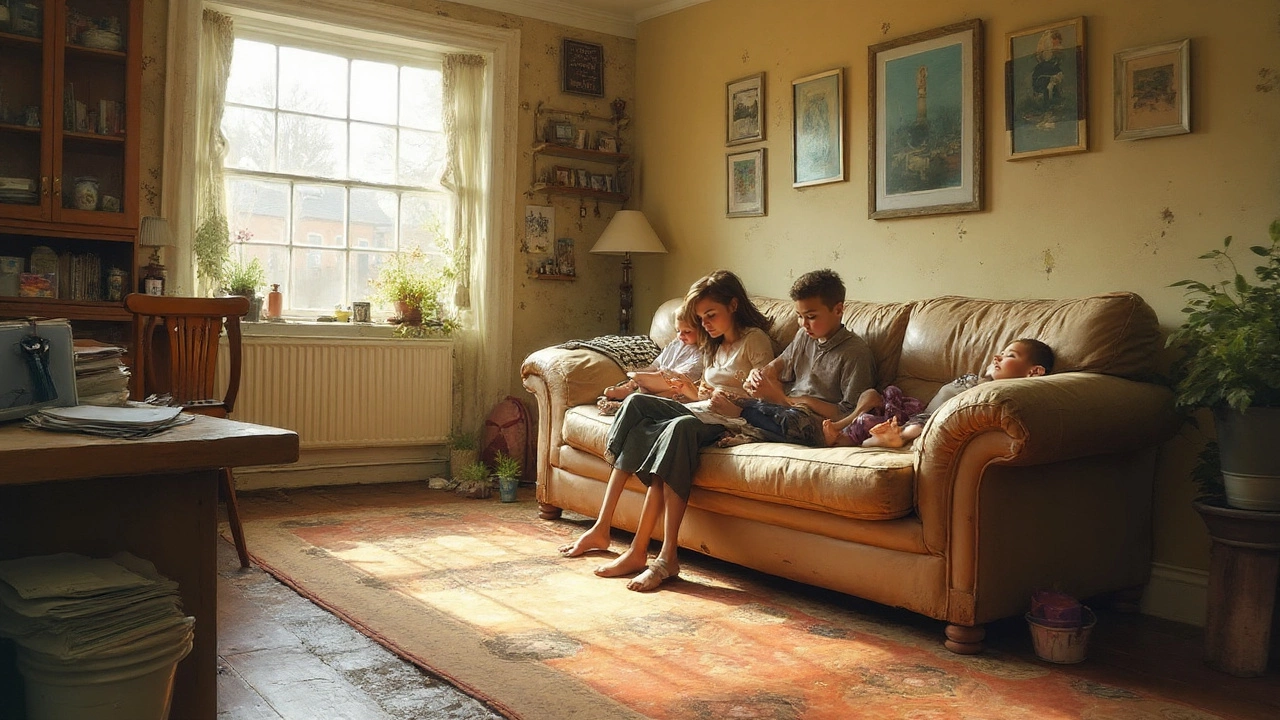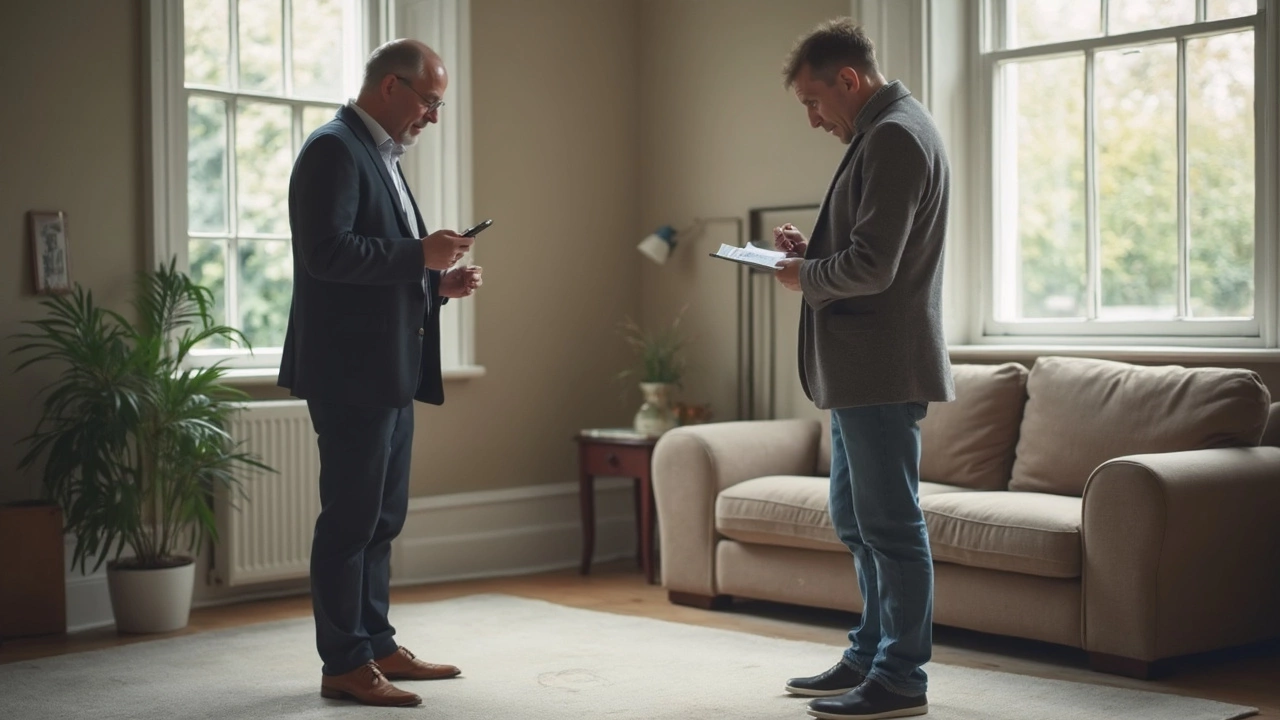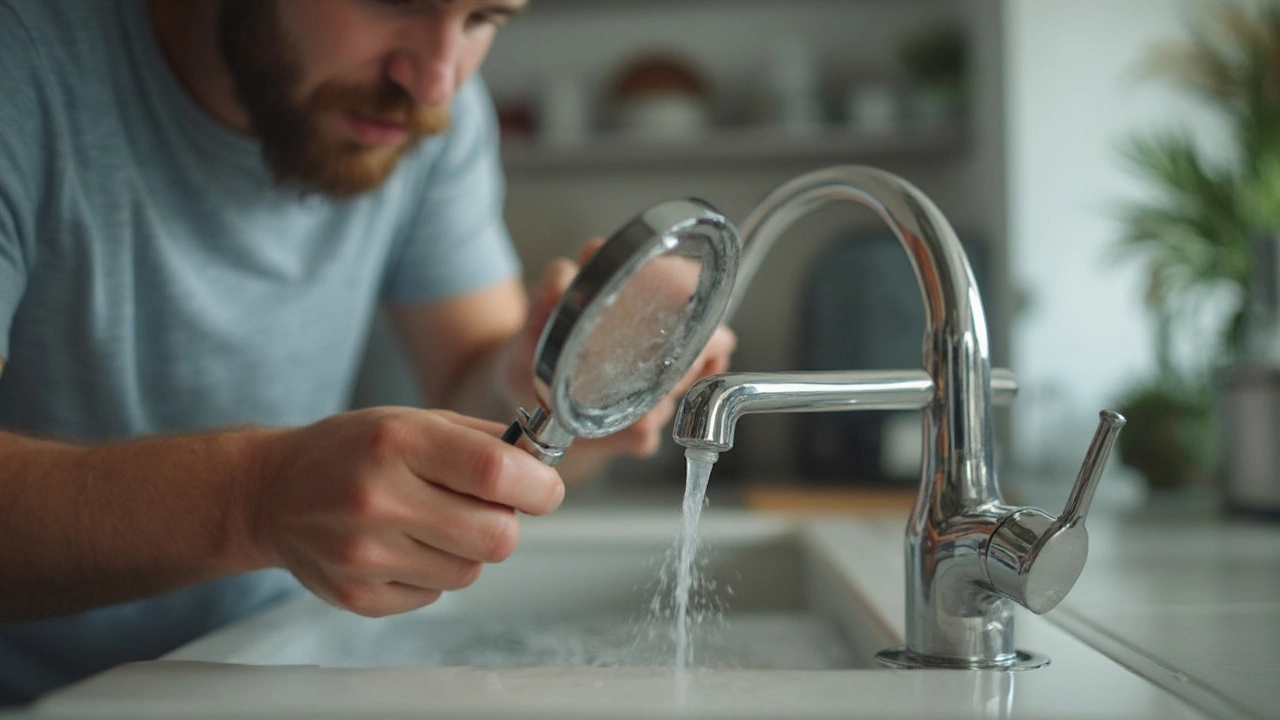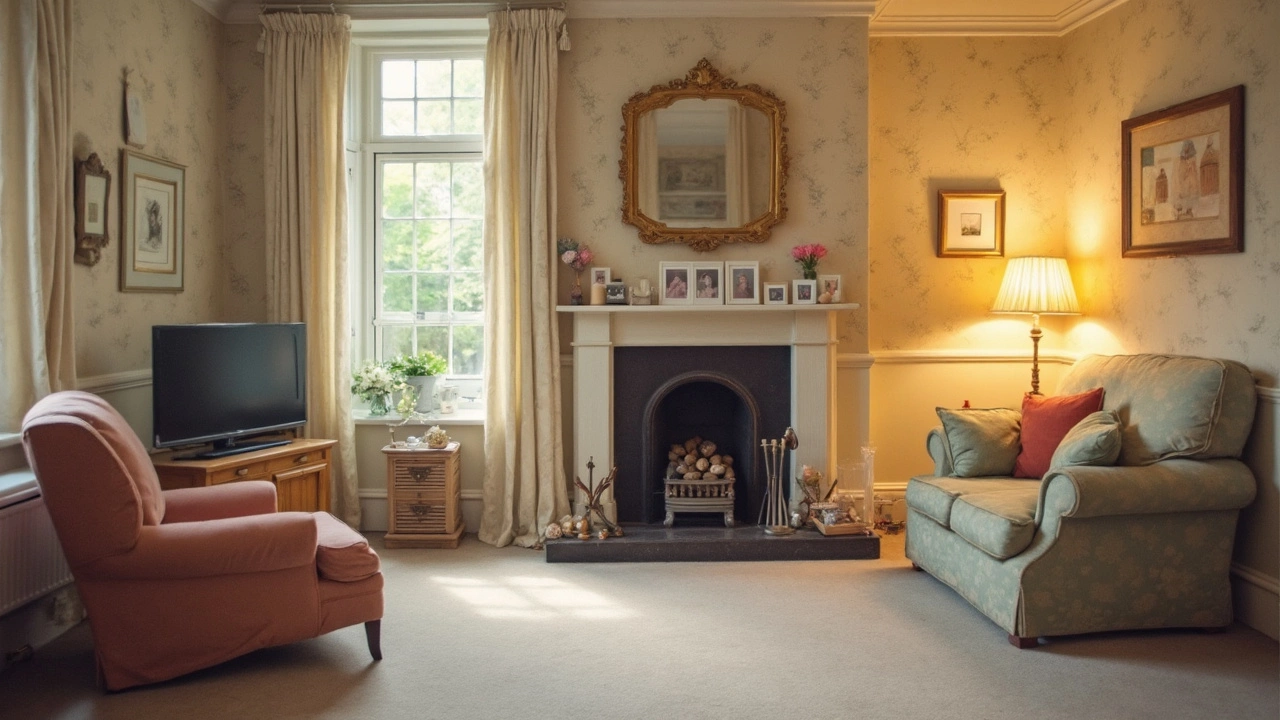Wear and Tear: What It Means for Your Home and How to Fight It
We all know that a house isn’t a museum – floors get scuffed, walls get dinged, and kitchen surfaces lose their shine over time. That everyday decline is called wear and tear. It’s not a sign of neglect; it’s just the result of living in a space. The good news? A few smart cleaning habits can slow the process and keep your home looking its best.
Spot the Difference: Wear vs. Real Damage
First, you need to tell normal wear apart from actual damage. A light scratch on a wooden floor or a faded paint line after years of sunlight is wear. A cracked tile, water‑logged plaster, or a burnt‑out oven is damage that needs repair before cleaning.
When you’re unsure, ask yourself: Is the issue likely to get worse with regular use, or is it already broken? If it’s the former, a good cleaning routine usually does the trick. If it’s the latter, call a professional to fix it before you start scrubbing.
Cleaning Hacks That Reduce Wear
Below are everyday actions that protect surfaces and keep wear from turning into costly repairs.
1. Windows – keep the sills clean. Dust and grime build up on window frames, pulling paint away over time. A quick wipe with a microfiber cloth and a splash of vinegar every month stops that. For the glass itself, use a no‑streak method (water, a dash of dish soap, and a microfiber towel) to avoid abrasive rubbing.
2. Carpets and Rugs – vacuum regularly. Dirt acts like sandpaper on carpet fibres. A weekly vacuum plus a deep clean every 6‑8 weeks (or hire a pro) prevents fibre break‑down and keeps the pile plush.
3. Kitchen – tackle baked‑on grease early. Letting grease sit makes it harder to remove and can wear down non‑stick coatings. Heat a bowl of water with a slice of lemon, spray the area, and wipe while still warm. The heat loosens the grime without harsh chemicals.
4. Upholstery – spot‑clean promptly. Spills left to dry become stubborn stains that pull dye from fabrics. Blot with a mild soap solution (a drop of Dawn dish soap works well) and a clean cloth. Rinse with water, then let air dry.
5. Ovens – use natural cleaners. Baking soda and water paste applied overnight breaks down burnt residue. Scrape gently with a non‑metal spatula the next morning – no need for abrasive powders that scratch the interior.
These simple steps match the advice from our top posts on window cleaning, baked‑on grease, and upholstery care, and they’re all about preventing extra wear.
When you notice wear getting out of hand – like nail holes in rental walls or persistent stains that won’t budge – it’s time to bring in a professional cleaning service. They have the tools and expertise to restore surfaces without causing more damage, saving you money in the long run.
Bottom line: wear and tear is inevitable, but regular, gentle cleaning can slow it down dramatically. Stick to a routine, use the right tools, and call a pro when the job gets beyond a DIY fix. Your home will stay fresher, and you’ll avoid costly repairs down the road.

Wear and Tear Expenses Explained: What’s Fair to Expect in Everyday Homes
Discover what counts as wear and tear expenses in homes, plus practical tips for tenants, landlords, and homeowners on fair repairs and budgeting.
Read More
Too Much Wear and Tear: End of Tenancy Cleaning Explained
What counts as 'too much wear and tear' can get messy during end of tenancy inspections. This article breaks down real differences between normal use and damage, with honest tips to help you avoid losing your deposit over cleaning disputes. Get clear examples, understand both sides, and learn how to protect yourself when moving out. You'll also discover how landlords and tenants usually look at 'wear and tear' differently, and how records and communication can make all the difference. No confusing jargon, just useful advice you can use right away.
Read More
Is Limescale Fair Wear and Tear? The Real Deal for End of Tenancy Cleaning
Trying to figure out if limescale is just normal wear and tear or something you’ll get charged for after moving out? This article breaks down what landlords really expect, explains why limescale shows up everywhere, and shares tips that could save your deposit. Discover what the law says and what cleaning tricks actually work. Keep things fair when it’s time to hand back the keys. No more drama over bathroom taps.
Read More
Understanding Acceptable Wear and Tear in Rentals
Ever wondered what 'acceptable wear and tear' really means when you're moving out of a rental? This article dives into the nitty-gritty, explaining what landlords usually expect and how you can ensure you're leaving on good terms. It includes insights into normal usage, signs of neglect, and practical tips to prepare for leaving. Knowing this could save you plenty of time and stress, and maybe even help you get your deposit back. Find out what you should know to avoid any surprises when it's time to move.
Read More